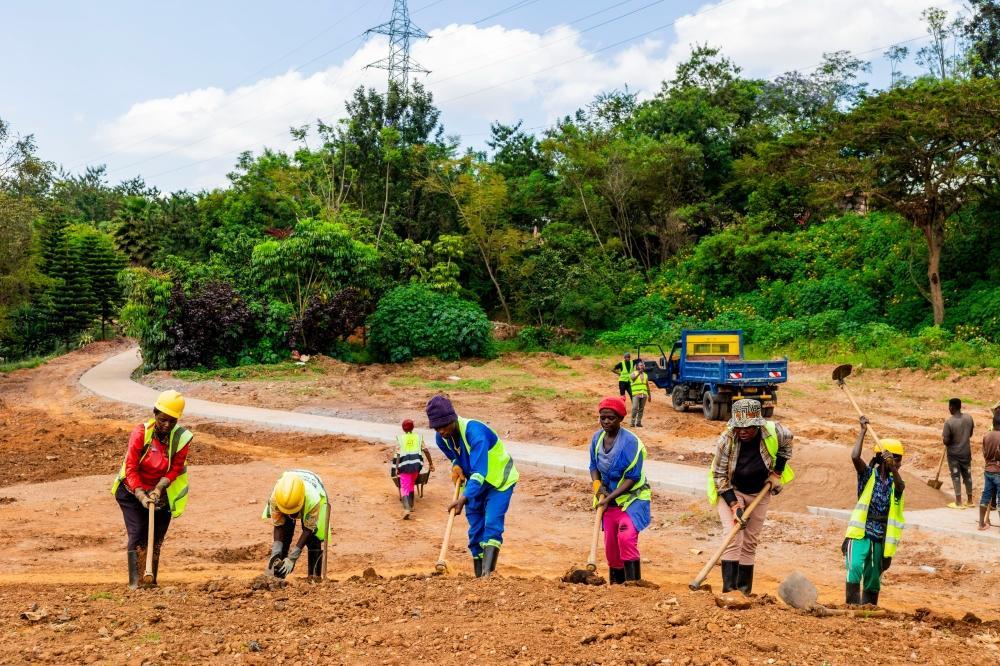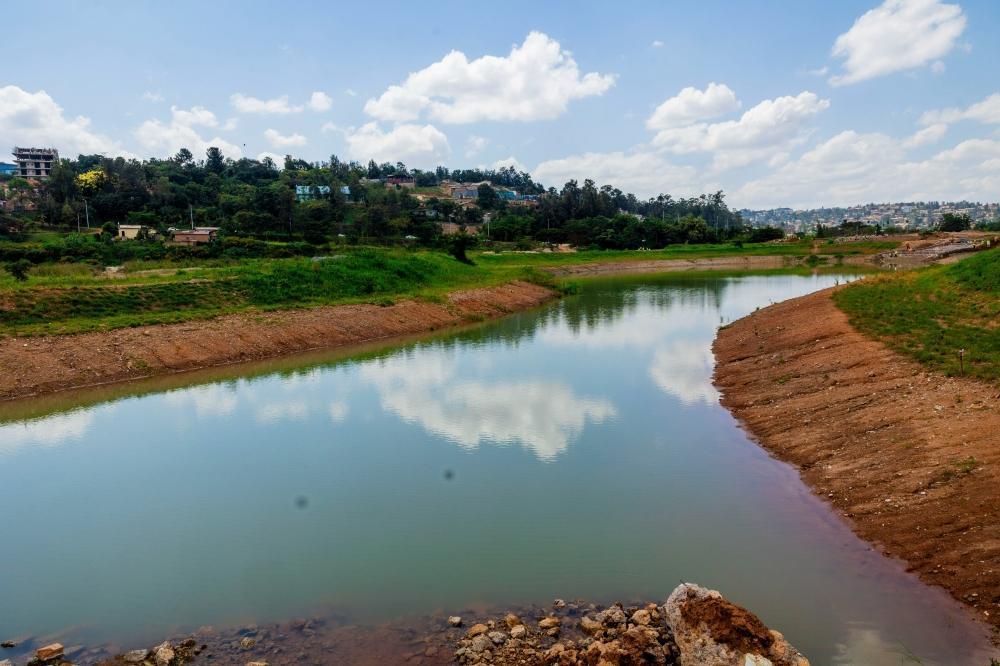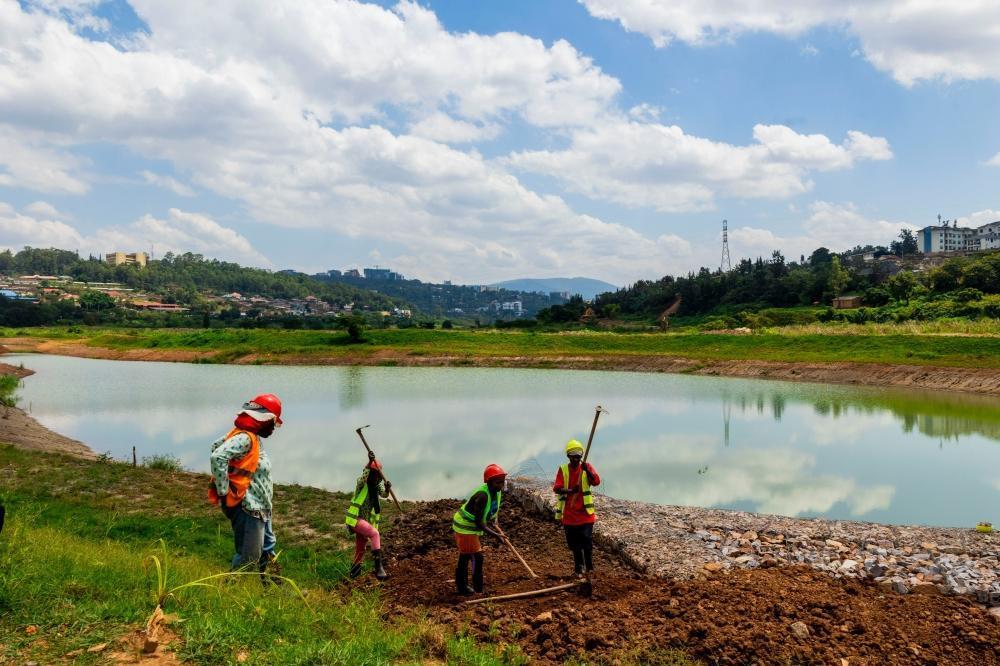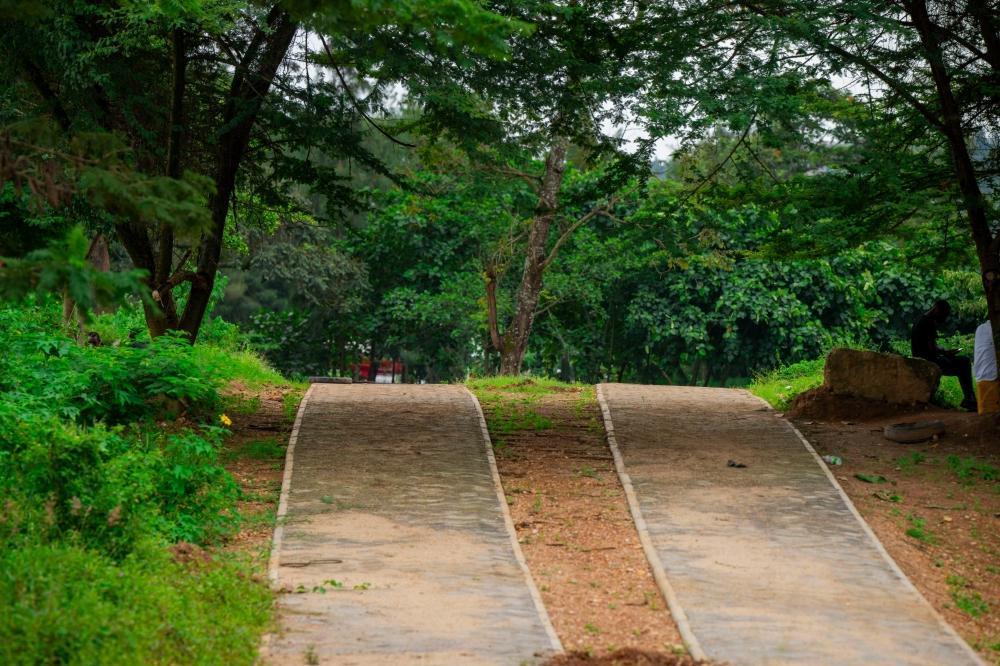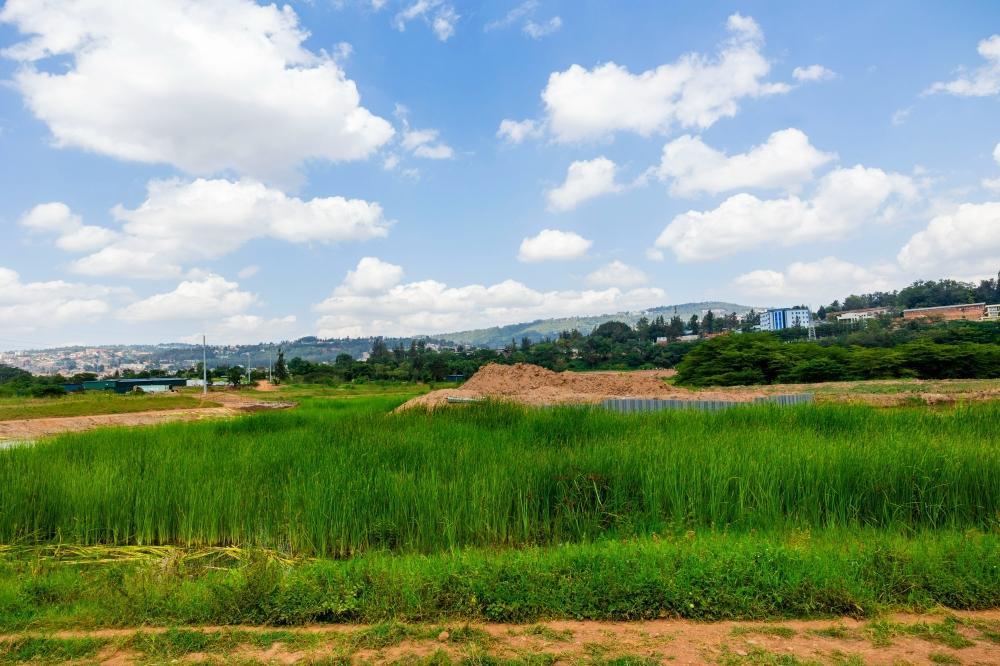Africa-Press – Rwanda. Kigali’s wetland rehabilitation project is transforming 491 hectares of degraded wetlands across five sites into vibrant, ecologically restored spaces that combine environmental conservation with recreation and flood control.
The main objectives of the five wetlands rehabilitation project include enhancement of the city’s landscape and development of recreational activities, flood mitigation, improvement of wetlands’ biodiversity, and water quality improvement.
Wetland rehabilitation work is currently underway across four major wetlands—Kibumba (68 ha), Nyabugogo (131 ha), Rugenge-Rwintare (65 ha), and Gikondo (162 ha), with progress at approximately 56 percent.
Meanwhile, work on the Rwampara wetland (65 ha) stands at about 20 percent, as activities began late, according to Martine Uwera, the Programme Manager of Environmental Mainstreaming and Biodiversity Management at Rwanda Environment Management Authority (REMA).
In an interview with The New Times, Uwera shared eight key features that define the city’s wetlands rehabilitation projects:
1. Twelve artificial ponds and a lake
A key component of the wetland rehabilitation project is the integration of new water features aimed at supporting water retention, biodiversity, and flood control.
In total, 12 artificial ponds are being created across the five wetland sites. Of these, five will be located in Kibumba, four in Gikondo, one in Rugenge-Rwintare, and two in Rwampara.
In addition to the ponds, a lake is being developed in Nyabugogo wetland. It is expected to serve as a major water retention and ecological restoration area within the city.
2. Tree planting initiative
As part of the ecological restoration efforts, 6,260 trees are being planted along rivers and around the newly created ponds across the wetland sites.
Gikondo will receive the largest share, with 1,560 trees (25 percent of the total), followed closely by Rwampara with 1,511 trees (24 percent), and Kibumba with 1,419 trees (23 percent). Rugenge-Rwintare will have 204 trees planted, accounting for 3 percent of the total.
3. Fourteen artificial islands
As part of the rehabilitation works, 14 artificial islands are being created across the five wetlands. Kibumba leads with six islands, followed by Gikondo with four, Nyabugogo with two, and Rugenge-Rwintare and Rwampara with one island each.
In addition, 16 mounds have been established to shape the terrain and support ecological stability. Gikondo accounts for half of them with eight mounds, while Kibumba has four. Rugenge-Rwintare and Rwampara have two mounds, each.
4. Up to 61.5 km of walkways and cycle lanes
A total of 61.5 km of walkways and cycle lanes are being developed to promote eco-friendly mobility and public access to nature.
Gikondo leads with 16.9 km, followed by Rugenge-Rwintare (15.5 km), Rwampara (10.0 km), Kibumba (9.8 km), and Nyabugogo (9.3 km).
5. Beautiful botanical gardens
Seventeen botanical gardens are being planted to increase biodiversity and offer educational and leisure spaces. Kibumba has the highest number with seven gardens, Gikondo has four, Nyabugogo three, Rugenge-Rwintare has two, and Rwampara has one.
As for flower gardens, Gikondo will host 20 hectares and Kibumba 10 hectares, contributing to both ecological restoration and landscape beauty.
6. Sports facilities
To encourage active lifestyles within green spaces, several sports facilities are being added.
Kibumba will host two football fields, two basketball courts, and two volleyball courts. Gikondo will have one football field, and one court each for basketball, volleyball, and handball.
Rwampara gets two football grounds and one handball court, while Rugenge-Rwintare will have one basketball court and one volleyball court.
7. Parking areas for visitors and restrooms
To ensure safety and controlled access, 46.5 km of fencing is being installed across the wetlands.
There will be 7 gates with guardhouses, 8 parking areas for visitors, and 12 public restrooms to improve the convenience and usability of the spaces.
8. Utilities and services
Each site will include essential infrastructure such as 8 waste management facilities and integrated drainage systems to support environmental health.
Signage—standardized in six types—will guide visitors across all wetlands.
Public lighting will cover all walkways, and each wetland will have its information center to support education and visitor engagement.
For More News And Analysis About Rwanda Follow Africa-Press

